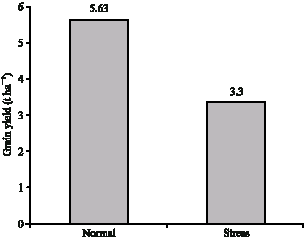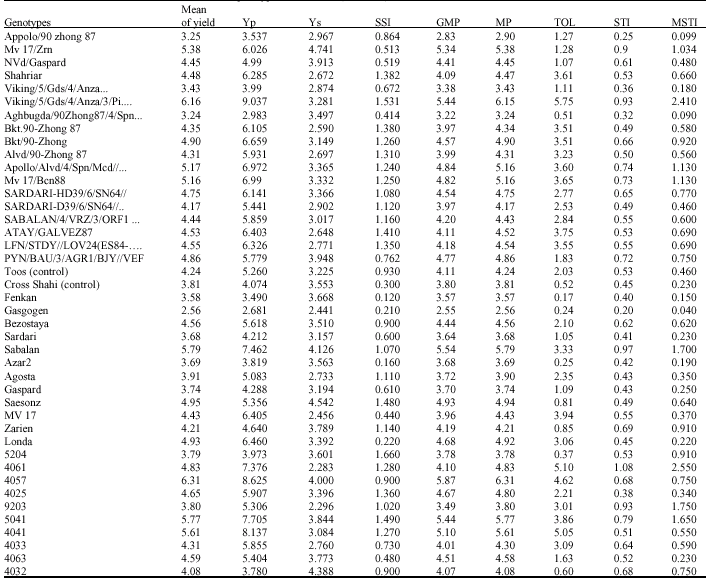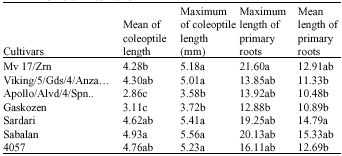Research Article
Tolerance of 42 Bread Wheat Genotypes to Drought Stress after Anthesis
Islamic Azad University, Ardabil Branch, Iran
Elshad Gurbanov
Faculty of Biology, Baku State University, Azerbaijan
Aladdin Gadimov
Azerbaijan National Academy of Sciences, Institute of Botany, Azerbaijan
Davoud Hassanpanah
Islamic Azad University, Ardabil Branch, Iran












